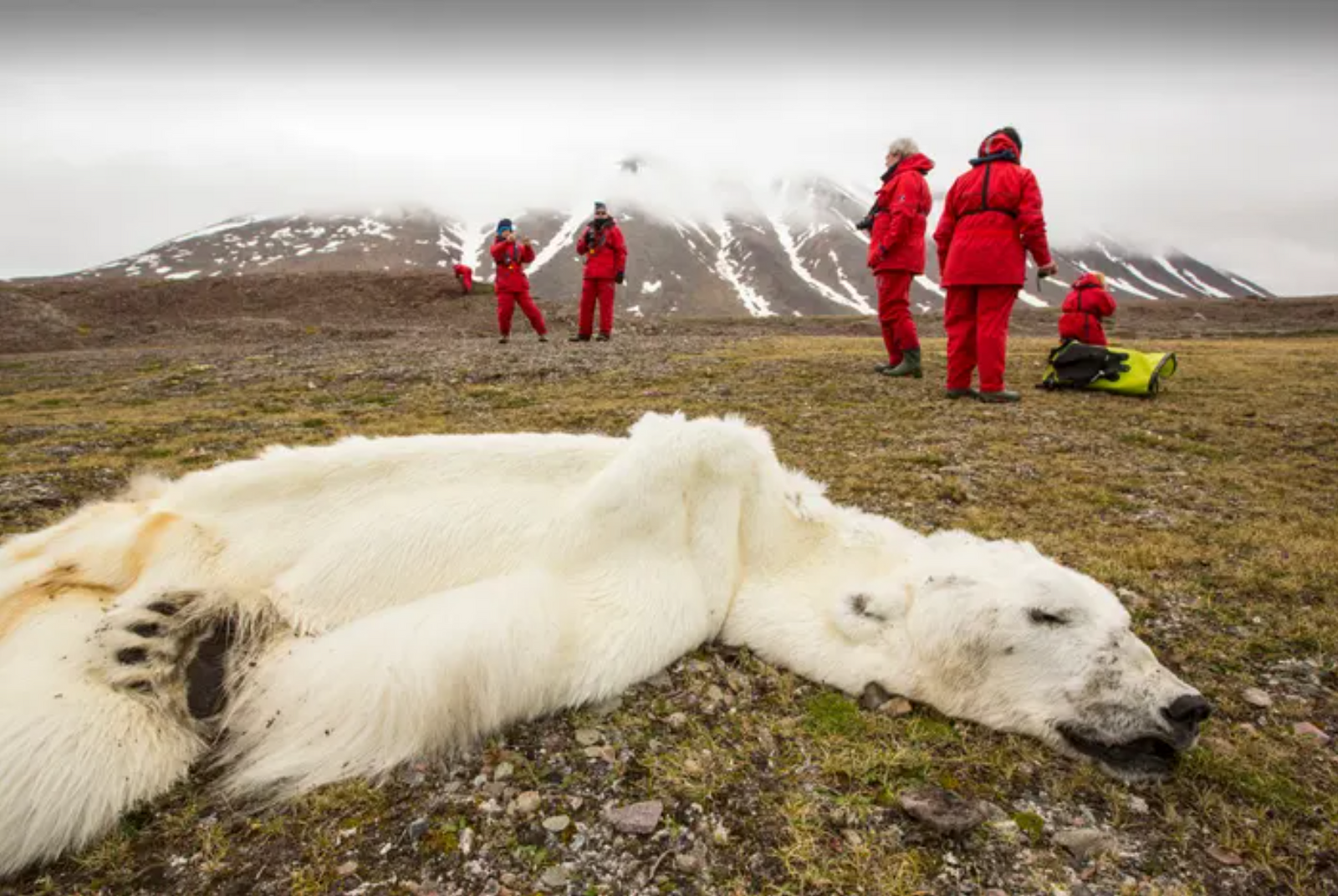Despite lingering debates fueled by misinformation, the scientific community is in overwhelming agreement: climate change is real, and it’s primarily driven by human activity. The signs are no longer distant warnings in scientific papers—they’re visible all around us. From record-breaking heatwaves to shrinking glaciers, the planet is sending unmistakable signals that it is warming at an alarming pace.
This article lays out the hard evidence of climate change—the data, the trends, and the lived experiences—so that we can move past denial and focus on action. Understanding the facts is the first step toward building solutions that safeguard our future.
The Scientific Consensus
If you’ve ever heard someone say, “Scientists can’t even agree on climate change,” here’s the reality: they do. An overwhelming 97% or more of climate scientists agree that climate change is happening and that humans are the primary cause. This figure has been confirmed by multiple studies, including research published in journals like Environmental Research Letters and Science.
Why does consensus matter?
-
It reflects decades of peer-reviewed studies, data collection, and cross-disciplinary collaboration.
-
It sends a clear message that the debate is not scientific but political and social.
-
It underscores the urgency: when experts across the globe converge on the same conclusion, it’s a signal to act, not stall.
In short, climate change is not a theory—it’s an established scientific fact.
Key Indicators and Hard Evidence
Climate change reveals itself in many measurable ways. Let’s break down the most undeniable indicators.
1. Global Temperature Rise
The Earth’s average surface temperature has risen about 1.2°C (2.2°F) since the late 19th century, with the last decade being the hottest on record. NASA and NOAA (National Oceanic and Atmospheric Administration) consistently report annual global temperatures that shatter previous records.
What makes this rise significant is not just the number itself, but the speed. Natural climate shifts usually occur over thousands of years. This modern spike has happened in less than two centuries—coinciding directly with the industrial revolution and mass burning of fossil fuels.
2. Melting Ice and Glaciers
The cryosphere—Earth’s frozen regions—is shrinking at alarming rates.
-
Arctic Sea Ice: Every September, when Arctic ice reaches its minimum, satellites record new lows. Since 1979, the extent of summer sea ice has shrunk by more than 40%.
-
Greenland and Antarctica: Both ice sheets are losing mass. NASA data shows Greenland is shedding around 279 billion tons of ice per year, while Antarctica loses about 148 billion tons annually.
-
Glaciers: Iconic glaciers from the Alps to the Himalayas are retreating so quickly that some are projected to vanish entirely within decades.
The melting of ice doesn’t just signify warming—it accelerates it. White ice reflects sunlight, while dark ocean or land absorbs it, creating a vicious feedback loop.
3. Rising Sea Levels
The two main drivers of rising seas are thermal expansion (water expanding as it warms) and melting ice sheets and glaciers. Together, these forces have raised global sea levels by about 8 inches (20 cm) since 1900.
This may not sound like much, but the impacts are enormous:
-
Coastal flooding is becoming more frequent.
-
Low-lying nations like the Maldives face existential threats.
-
Major cities such as Miami, Jakarta, and Bangkok are already experiencing “sunny day flooding” during high tides.
If warming continues unchecked, scientists project sea levels could rise by 2 to 7 feet by 2100, displacing hundreds of millions of people.
4. Extreme Weather Events
Climate change doesn’t just mean hotter days; it also supercharges the weather we experience.
-
Heatwaves: Record-breaking heat has become the new normal. In 2023 and 2024, Europe and the U.S. faced unprecedented summer temperatures, leading to thousands of heat-related deaths.
-
Storms: Warmer oceans feed hurricanes and typhoons, making them stronger and more destructive. For example, Hurricane Ian in 2022 caused over $100 billion in damages in the U.S. alone.
-
Wildfires: Rising temperatures and prolonged droughts have fueled megafires from California to Australia.
-
Floods and Droughts: Shifts in rainfall patterns bring devastating floods to some regions while leaving others parched and uninhabitable.
The evidence is clear: climate change is rewriting the rules of our weather systems.
The Role of Human Activity
So, what’s driving these changes? The culprit is not natural cycles—it’s us.
The Greenhouse Effect
The Earth’s climate is regulated by greenhouse gases, which trap heat in the atmosphere. For thousands of years, this balance kept temperatures stable. But since the industrial revolution, humans have been releasing massive amounts of greenhouse gases—especially carbon dioxide (CO₂), methane (CH₄), and nitrous oxide (N₂O)—by:
-
Burning fossil fuels (coal, oil, natural gas) for energy and transportation.
-
Cutting down forests that absorb CO₂.
-
Expanding agriculture that produces methane (especially from livestock).
The concentration of CO₂ in the atmosphere has soared to over 420 parts per million (ppm) in 2025—the highest level in at least 800,000 years.
This artificial boost to the greenhouse effect is what’s heating the planet at breakneck speed.
The Call to Action
Now that the science is clear, the next step is action. Understanding the evidence is only the beginning. Every choice we make—from what we buy to how we travel—shapes the trajectory of our climate.
Here’s what you can do:
-
Support sustainable businesses: Choose brands that are committed to reducing their environmental footprint. For example, EQUO offers compostable and plant-based alternatives to everyday plastic items, helping cut down waste.
-
Reduce single-use plastics: Swap plastic bags, straws, and utensils for reusable or compostable options.
-
Cut energy use: Opt for public transit, switch to energy-efficient appliances, and reduce unnecessary consumption.
-
Advocate for policy change: Vote for leaders who prioritize climate action and support policies aligned with the Paris Agreement.
-
Stay informed: Awareness drives accountability. Share factual information and counter climate myths in your circles.
The power of collective change lies in millions of small, everyday decisions. When individuals, businesses, and governments align, real transformation is possible.
Conclusion
Climate change is not a distant threat—it’s unfolding right now in rising seas, shrinking glaciers, deadly heatwaves, and extreme storms. The hard evidence is undeniable, and the cause is clear: human activity. But the story doesn’t have to end in catastrophe.
We have the tools, the knowledge, and the innovation to shift course. From personal lifestyle changes to systemic shifts in energy and policy, the solutions are within reach. What matters most is that we act—together and without delay.
Because climate change isn’t just about the planet—it’s about people, communities, and the future we want to create. The evidence is clear, the consensus is strong, and the time to act is now.






